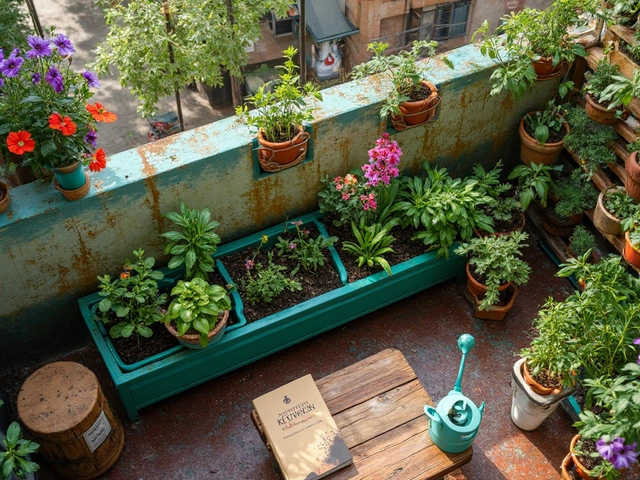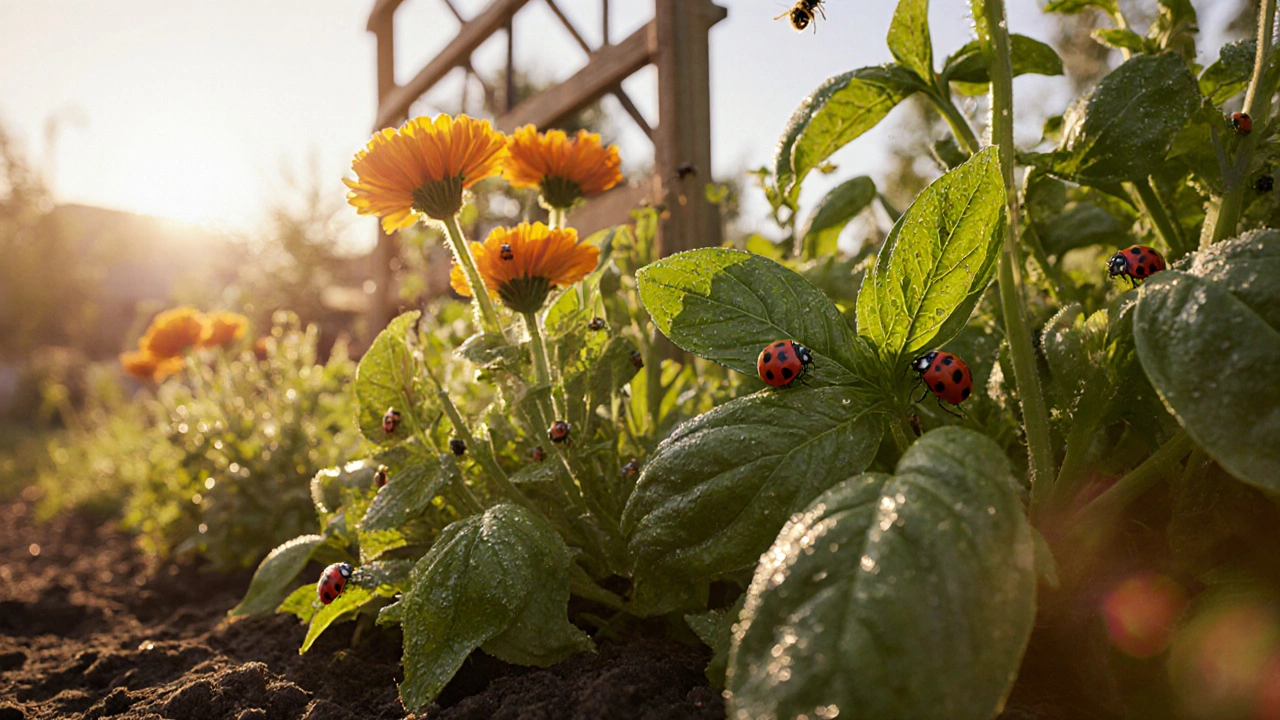DIY Garden Pest Control: Simple, Eco‑Friendly Methods for a Healthy Garden
When working with DIY garden pest control, the practice of handling garden pests using low‑cost, do‑it‑yourself, and environmentally safe techniques. Also known as home pest management, it lets any gardener protect plants without relying on harsh chemicals.
A core strategy is Integrated Pest Management, a systematic approach that blends cultural, mechanical, and biological tactics to keep pest populations below damaging levels. DIY garden pest control encompasses this method because it emphasizes prevention first, then uses the least toxic options when intervention is needed. Integrated Pest Management requires a solid grasp of organic pesticides, naturally derived sprays such as neem oil, garlic extract, or chili pepper that deter insects without polluting soil or water. By pairing organic sprays with good cultural practices, you reduce the chance of resistance and keep beneficial insects thriving.
Another powerful tool is companion planting, the deliberate placement of plants that repel pests or attract helpful insects, creating a natural shield for vulnerable crops. Companion planting influences pest control by altering the garden’s scent profile, confusing pests, and inviting predators like ladybugs or lacewings. Common pairings in Indian gardens include marigold with tomatoes to repel nematodes, or basil alongside peppers to deter aphids. When you design beds with these relationships, you often eliminate the need for any external spray.
For those who prefer a biological route, biological control, the release or encouragement of natural enemies such as predatory insects, nematodes, or microbial agents to keep pest numbers low offers a low‑maintenance, chemical‑free alternative. Biological control reduces chemical use in garden pest management and can provide long‑term stability once a balanced ecosystem is established. Simple actions like installing insect‑selling houses, scattering crushed eggshells for slugs, or planting flowering herbs that attract parasitic wasps can turn your garden into a self‑regulating system.
Putting It All Together
By combining Integrated Pest Management, organic pesticides, companion planting, and biological control, DIY garden pest control becomes a flexible toolkit rather than a single technique. You’ll find that each method reinforces the others—organic sprays back up companion plants during a sudden outbreak, while biological agents keep pest pressure low enough that you rarely need to spray at all. Below, you’ll discover articles that dive deeper into each of these areas, from practical setback guidelines for garden placement to balcony vegetable setups that naturally deter pests. Use this collection as a step‑by‑step guide to build a resilient, low‑input garden that stays productive year after year.
DIY Natural Pest Control: Simple Home Remedies for a Bug‑Free Garden
Learn practical DIY natural pest control methods-from garlic spray to diatomaceous earth-plus recipes, safety tips, a comparison table and a handy checklist for a healthier garden.
About
Pest Control
Latest Posts


The Reigning Queen of Indian Vegetables: Brinjal Unveiled
By Alden Thorne Nov 22, 2024

What Flower Takes 30 Years to Bloom? The Slow Life of the Talipot Palm
By Alden Thorne May 25, 2025

How Much Space Do You Need for a Kitchen Garden?
By Alden Thorne Mar 7, 2025

